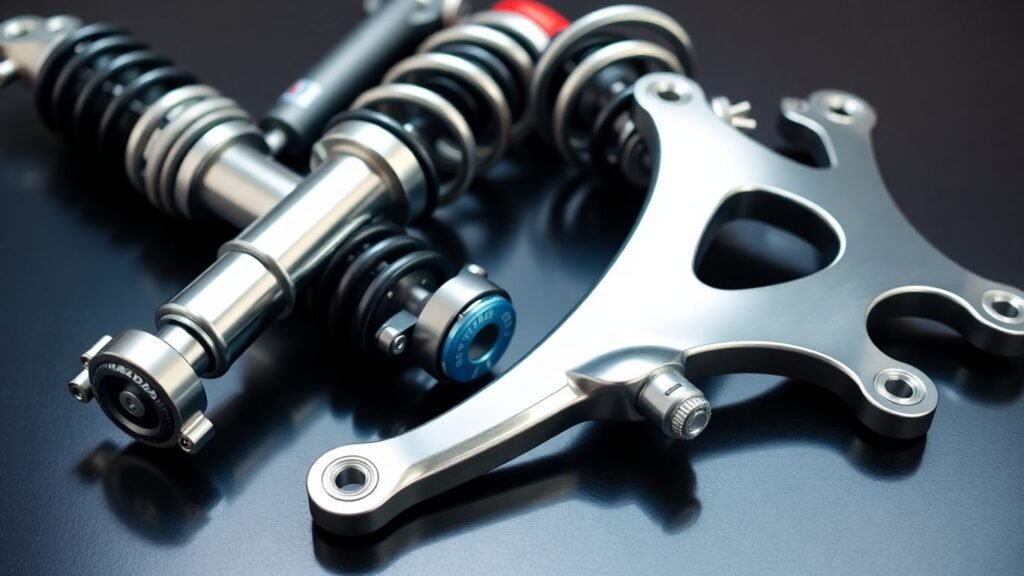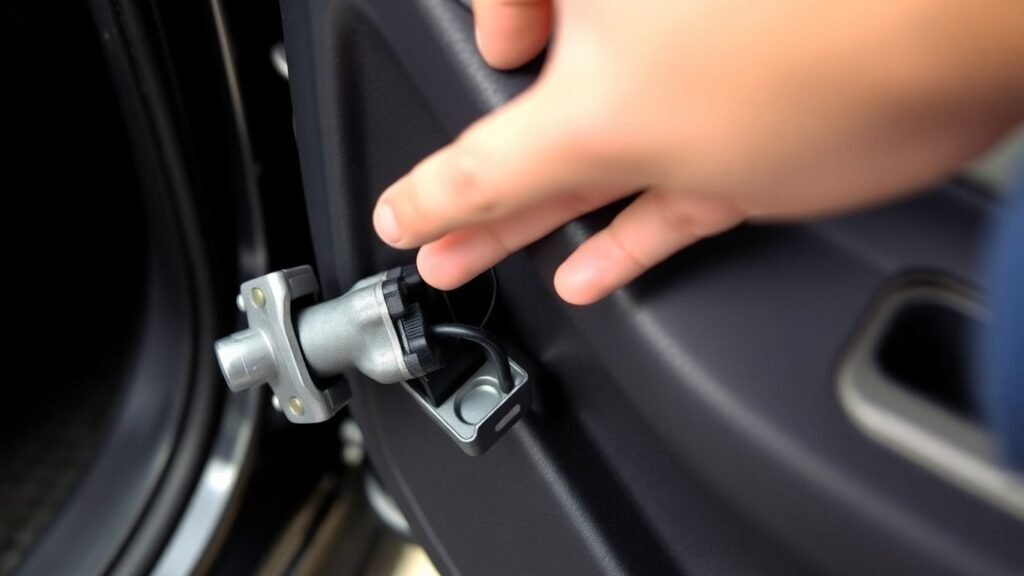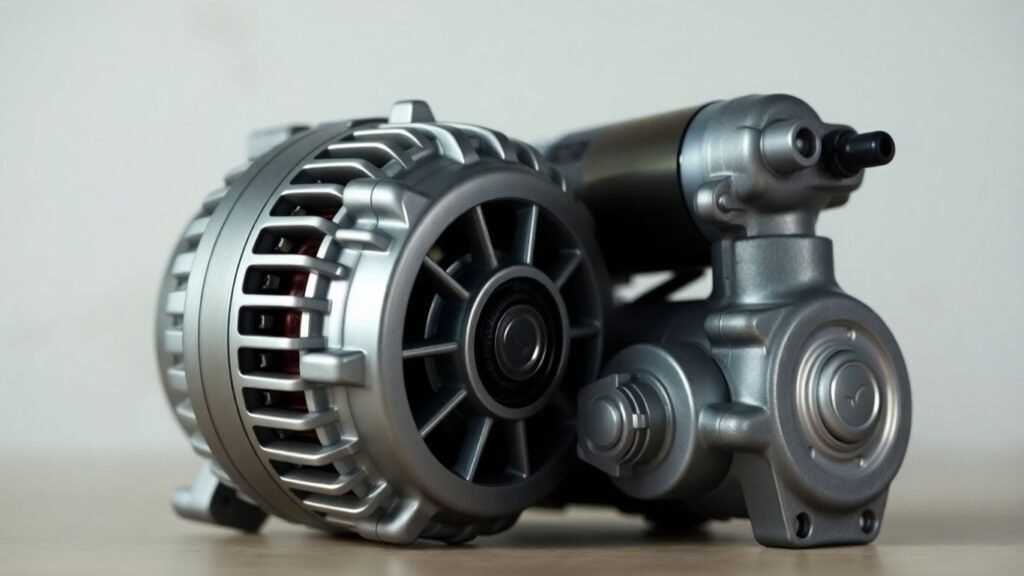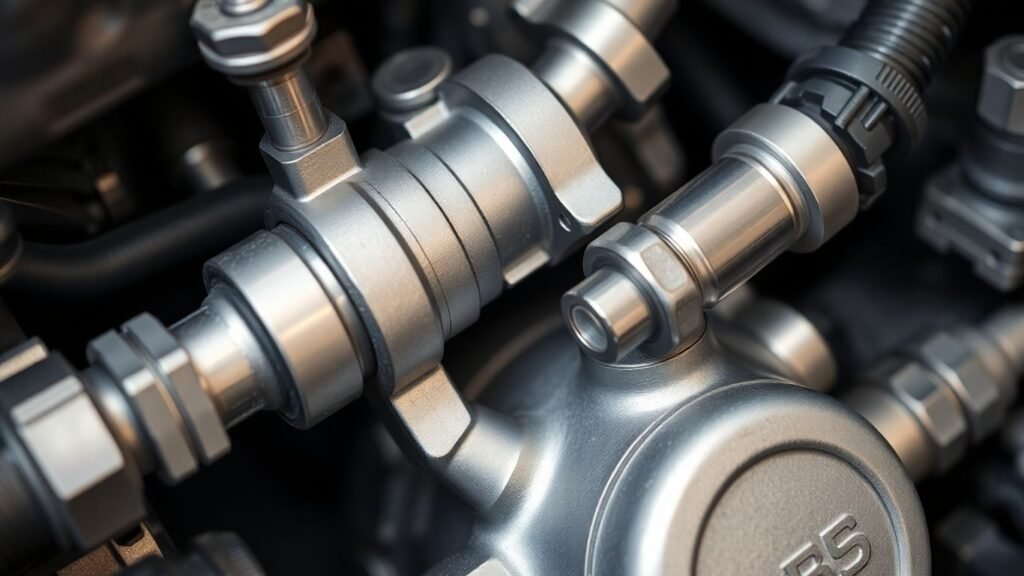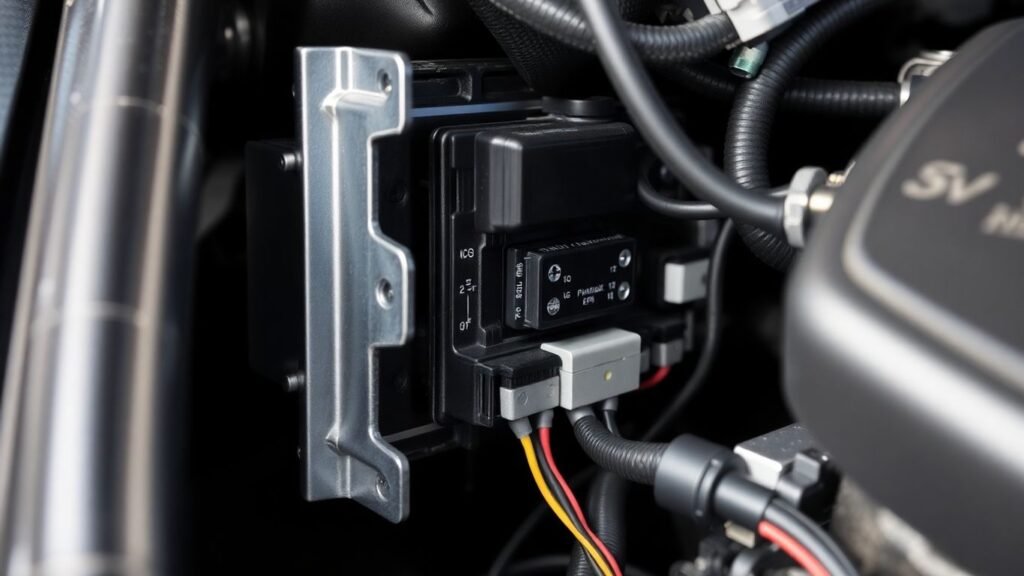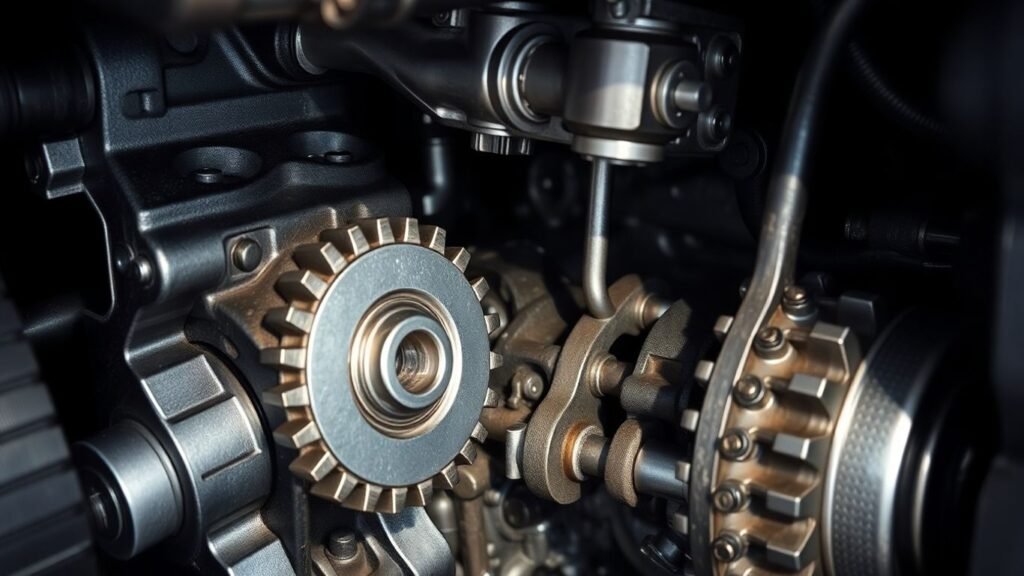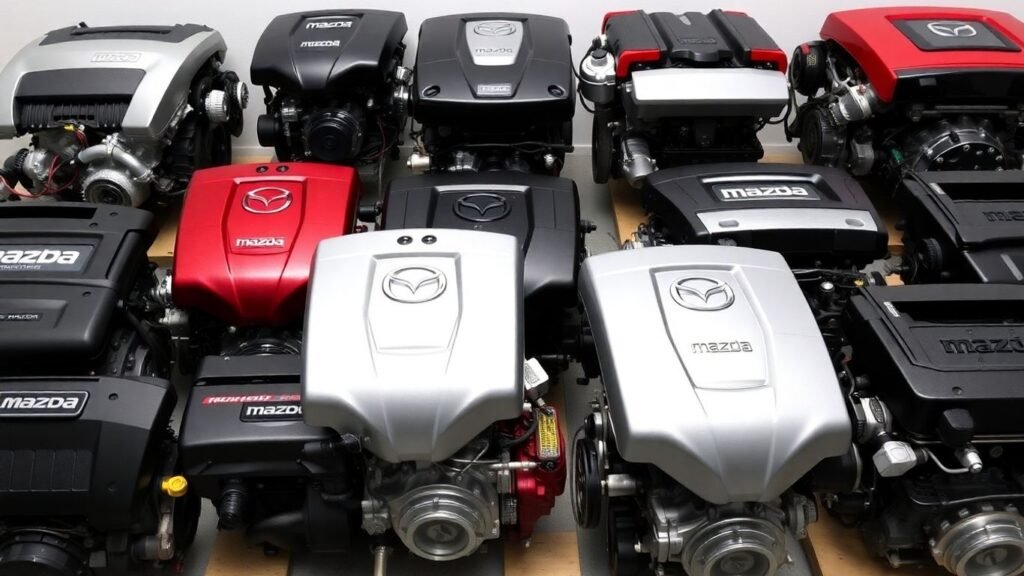Find the Best Mazda Second-Hand Parts Supplier Near You
Finding the right parts for your Mazda doesn’t have to be a headache. Whether you’re doing a DIY repair or just need a specific component, knowing where to look is half the battle. We’ve put together a list of places that people have had good luck finding Mazda second-hand parts supplier options, so you can get back on the road without too much fuss. Key Takeaways Partsouq, an international seller, is noted for good prices on OEM parts and fast shipping to the US, even for items not easily found domestically. Dealerships like Suburban Mazda of Farmington Hills and Troy, as well as Independence Mazda and Jim Ellis Mazda, offer genuine Mazda parts, though shipping costs can sometimes be a factor. Online retailers such as Bam Wholesale Parts and Quirkparts are mentioned as reliable sources for parts, with some users highlighting free shipping thresholds or good overall service. Specialty sites like Mazdaswag and general salvage yards like U-Pull Salvage Yard can be good for finding specific or used components. When ordering online, always verify the part number to ensure you’re getting the correct item, especially when dealing with third-party sellers or international options. 1. Partsouq When you’re on the hunt for specific Mazda parts, especially those that might be harder to find locally, Partsouq is a name that often comes up. They operate both through their own website, partsouq.com, and as a seller on eBay. This dual presence gives you options for finding what you need. They are known for stocking OEM parts and often have competitive pricing, sometimes significantly lower than what you might find at a local dealership. For instance, a part with a high MSRP at a US dealer might be listed for much less by Partsouq. They also seem to manage surprisingly fast shipping to the US, with some users reporting parts arriving in just a few days, even from their location in the UAE. It’s worth checking their eBay store as well as their direct website. They have a strong positive feedback rating on eBay, which is always a good sign when buying parts online. If you’re looking for genuine Japanese-made filters or specific components that aren’t readily available in your region, Partsouq is definitely a supplier worth investigating. Keep in mind that while their prices can be very attractive, it’s always a good idea to compare shipping costs and delivery times to your specific location to make sure it fits your needs and budget. Platform Availability Notes partsouq.com Direct Website for direct purchasing eBay Seller Search for ‘partsouq’ as the seller name 2. Suburban Mazda Of Farmington Hills If you’re in the Farmington Hills area and need genuine Mazda parts, Suburban Mazda is a solid choice. They’re a dealership, so you know they’re stocking parts straight from the manufacturer. This is great if you’re doing a repair yourself and want to make sure you’re getting exactly what your Mazda needs. They also have a service center, so if you’re not up for a DIY job, their certified techs can handle it using those same genuine parts. They can help with all sorts of things, from routine maintenance like oil changes to more involved repairs. Plus, if you’re curious about specific things like your Mazda’s battery or the right tire size for a Mazda3, their team is there to answer your questions. Getting the right part the first time can save a lot of headaches. Dealerships like Suburban Mazda are usually a safe bet for original equipment manufacturer (OEM) parts, which are designed specifically for your vehicle model. Their address is 37911 Grand River Avenue, Farmington Hills, MI 48335, and you can reach them at 877-290-8110. It’s always a good idea to call ahead to confirm they have the specific part you’re looking for in stock before you make the trip. 3. Suburban Mazda Of Troy Suburban Mazda of Troy is a dealership that can help you find genuine Mazda parts. They are located at 1794 Maplelawn Drive in Troy, MI. If you need specific parts for your Mazda, whether for routine maintenance or a more involved repair, this dealership is a good place to check. They aim to keep your vehicle running smoothly with the right components. They have technicians on staff who can handle maintenance, diagnostics, and repairs, and they also sell genuine Mazda replacement parts for those who prefer to do their own work. It’s always a good idea to use parts made specifically for your car model to ensure proper fit and function. Their phone number is 866-762-4120. You can also check their website for service specials and to schedule appointments. They serve the Troy area and beyond, making them a convenient option for many Mazda owners looking for quality parts and service. 4. Bam Wholesale Parts Bam Wholesale Parts is a place to check out if you’re looking for a variety of OEM parts. They handle more than just Mazda, which can be a good thing if you have multiple makes of cars or are working on a project that involves different brands. They list parts for Mopar, Chrysler, Dodge, Jeep, Ram, Subaru, Toyota, and Volkswagen, alongside Mazda. It seems like they focus on providing genuine parts, which is always a plus when you want to make sure you’re getting the right fit and quality for your Mazda. While they don’t seem to specialize only in Mazda, their inclusion of the brand in their wholesale offerings makes them a contender for finding what you need. When comparing prices, it’s worth noting that shipping costs can really add up. Always factor that into the total cost before making a decision. Sometimes a slightly higher part price with free or low-cost shipping can be a better deal than a lower part price with expensive shipping. They operate online, so you can browse their inventory from your computer. It’s a good idea to have your specific Mazda model and year ready when you search their site to find the most accurate parts.



